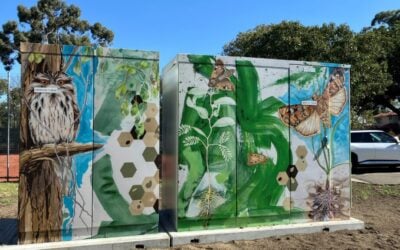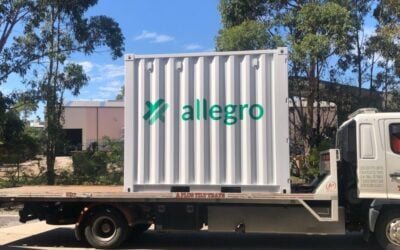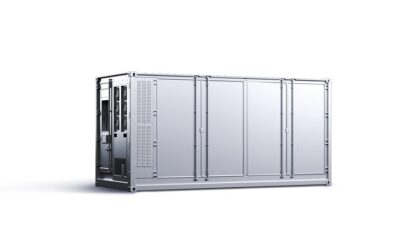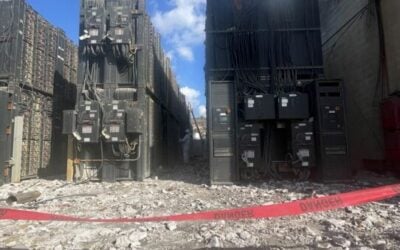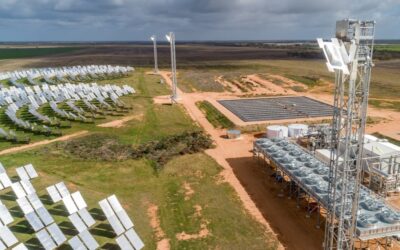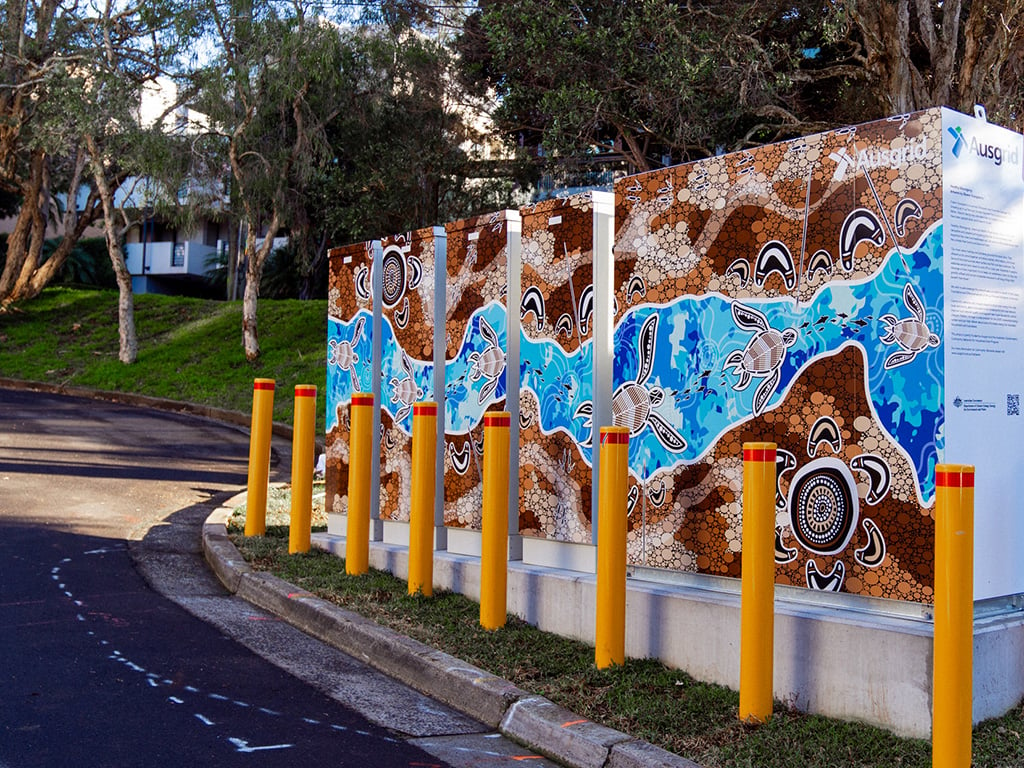
The Australian Renewable Energy Agency (ARENA) has opened the second round of the Community Batteries Funding Program with AU$46.3 million (US$28.8 million) earmarked for successful applicants.
Eligible battery projects for the programme must be between 50kW and 5MW and connected to the distribution network. These projects should aim to enhance the economics of community battery initiatives, build industry capacity, support the integration of distributed energy resources into Australian energy markets, or demonstrate the advantages of community batteries.
Enjoy 12 months of exclusive analysis
- Regular insight and analysis of the industry’s biggest developments
- In-depth interviews with the industry’s leading figures
- Annual digital subscription to the PV Tech Power journal
- Discounts on Solar Media’s portfolio of events, in-person and virtual
Once connected to the grid, the batteries will alleviate local network constraints, increase rooftop solar PV capacity, reduce emissions, and lower consumers’ electricity costs.
The first round of the Community Batteries Funding Program, launched in April 2024, saw AU$143 million allocated to these systems. The first round required proposals to include at least five battery storage systems (BESS) each, with systems that share a grid connection counted as one project.
Under the initiative’s first round, Queensland and New South Wales will receive the most community batteries, with 69 and 95, respectively, followed by Victoria with 37 batteries, Western Australia with 28, South Australia with 24, the Northern Territory with 16, and Tasmania with six.
The programme is being funded by the federal government’s Household Solar Budget. The government allocated ARENA AU$171 million of funding to deliver at least 342 community batteries across rounds one and two.
ARENA CEO Darren Miller hailed the use of BESS technology to capture variable renewable energy generation. Community batteries are set to optimise and help communities capture the benefits of rooftop solar PV.
“Part of increasing our dependency on renewably sourced energy is the need to increase our firming technology to ensure the energy grid is secure and reliable. We can achieve this by storing energy in batteries when renewable energy is plentiful and using it later in the day and overnight when people most need it,” Miller said.
“Over recent years, a concerted effort has been made in deploying batteries to support the grid and transition to clean energy. Round two will build on the insights, expertise and knowledge developed in round one, resulting in further optimisation of distributed energy resources in the electricity grid.”
The operation of a community battery in Australia
A recent guest blog written by Lachlan Hensey and Timothy Shue from Australia’s Yarra Energy Foundation delved into some of the key learnings from operating a community battery in the country – specifically the Fitzroy North community battery in Victoria.
According to the group, the community battery generated revenue of AU$7,393 in year one and AU$8,423 in year two, predominantly from wholesale energy arbitrage. Favourable network tariffs also contributed about AU$1,000 in both years.
Real revenue from energy arbitrage is estimated to be, on average, about 50% of possible revenue using ‘perfect foresight’ – i.e., the theoretically optimal operation of the battery for profit maximisation.
GridBeyond Australia’s solar, storage and EV regional director, Stace Tzamtzidis, also highlighted the financial benefits of a community battery, writing for Energy-Storage.news in November 2024 that a community BESS could earn up to AU$250,000.
Elsewhere in Australia, Essential Energy, a state-owned electricity infrastructure company, has switched on three community batteries in the New South Wales towns of Maloneys Beach, Leeton and Goulburn.
Each of the three Essential Energy batteries can produce 192kW of power and store 530kWh of energy.
Our publisher Solar Media will be hosting the Energy Storage Summit Australia 2025 in Sydney from 18-19 March. You can get 20% off your ticket by following the link here.

